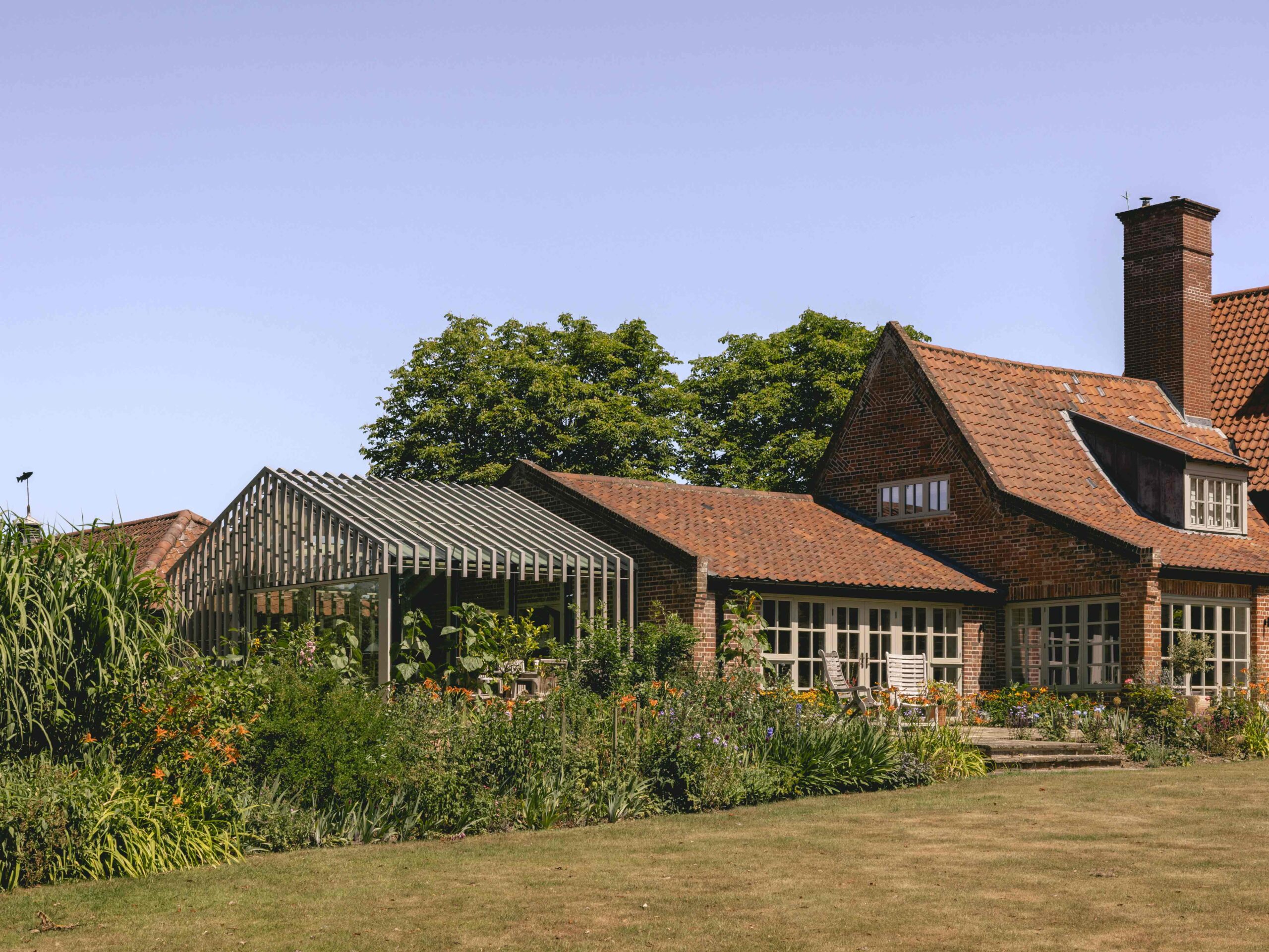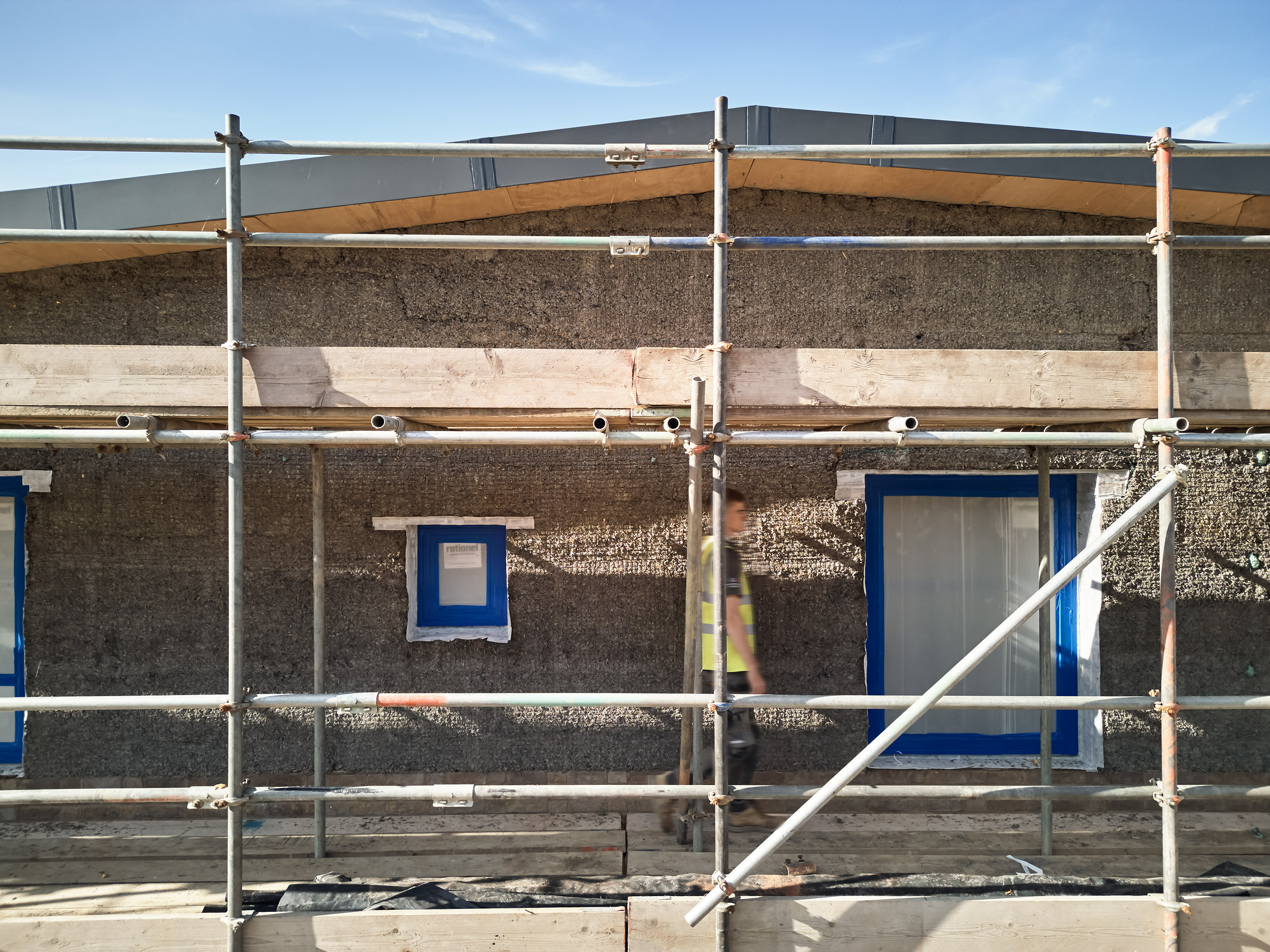Two sides of the present housing crisis are nicely illustrated by what is happening in different parts of the UK. In London with an under supply of homes house prices and rents are high exacerbated by foreign investment which last year saw 40% of transactions with foreign buyers. It has made homes unaffordable for many and, with caps in housing benefits, is driving people out of the city and increasingly making it a ghetto for the wealthy reflecting the wider and increasingly inequitable distribution of wealth in this country. It undermines the notion of community and illustrates the problem of a skewed market when a house becomes more important as an investment than a home. To combat this house prices need to fall and that can only happen with the release of substantial amounts of land and buildings for homes. This is a planning issue. On the other hand the lack of house-building in other parts of the UK has not primarily been a planning issue but is a direct consequence of the banking crisis and presents us with a dilemma. The combination of loss of equity and reluctance of banks to lend, despite historically low interest rates, has led to stagnation both in house building and purchases. Although there seems some improvement in lending as reported by Bank of England in their last quarterly ‘Credit Conditions Survey’ as well as government incentives for lending there will be little movement in the market unless houses regain much of the lost value since the peak prices of 2007. This might happen since there is considerable latent demand for houses and with a buoyant market prices will start to rise because of a lack of supply; however if it happens it will make it even more difficult for first time buyers to get on the housing ladder thus further undermining the industry. It is also recognised that house values are over inflated anyhow. To prevent further house price inflation we would then need to ensure sufficient number of house came to the market to keep prices low but this is unlikely since in is not in the interests of developers. So unless more radical incentives are provided to ensure an open supply of land, prevent land banking and encourage diversity in the house building industry the stand off will carry on and we will remain with a disastrous housing policy or rather no policy at all. However another solution suggests itself; that developers, investors, local authorities and housing associations build and invest for the long term – this is possible in the rental sector and seems to me one way forward out of the current mess. Anthony Hudson
A HOUSING MESS: What Next?
Author / Hudson Architects
Similar Journals

Keeping Our Schools Cool During a Heatwave published in Public Sector Build Journal
August 11, 2023Louise Boddie explores effective strategies to keep our schools cool during heatwaves to ensure comfortable learning environments for students and teachers in an insightful article for Public Sector Build Journal. We’re delighted to share that an article penned by our Senior Associate, Louise Bod
Continue reading
Four Projects Shortlisted for the Design and Craftmanship Awards 2025.
October 9, 2025We’re delighted that four of our projects have been shortlisted for this year’s Design and Craftmanship Awards. The award celebrates architecture across Norfolk that makes a positive impact on the places we live, work and learn and will take place on Thursday 13th November. Hoste
Continue reading
CobBauge: bringing earth into the 21st century
November 29, 2023CobBauge build in progress. Photography Joakim Borén Photography Anthony Hudson explores the rich history of earth and cob construction and argues that now’s the time to champion the potential of CobBauge as a low carbon construction material, in this article published in BD Online. In an era
Continue reading